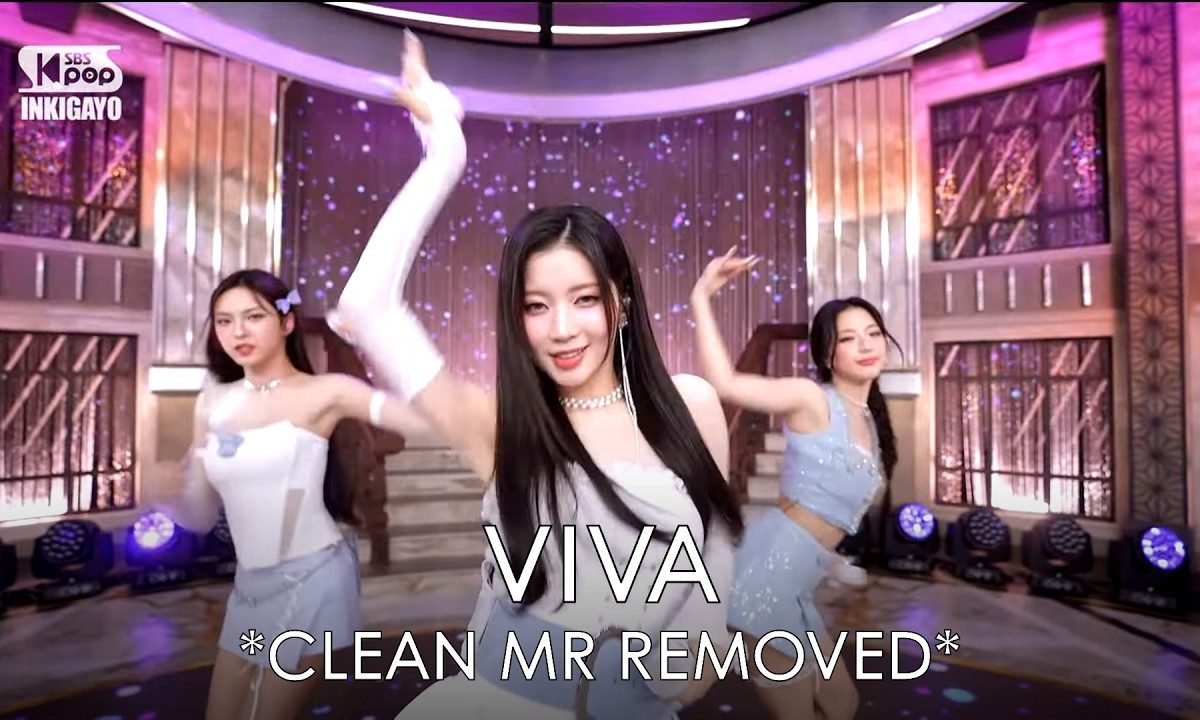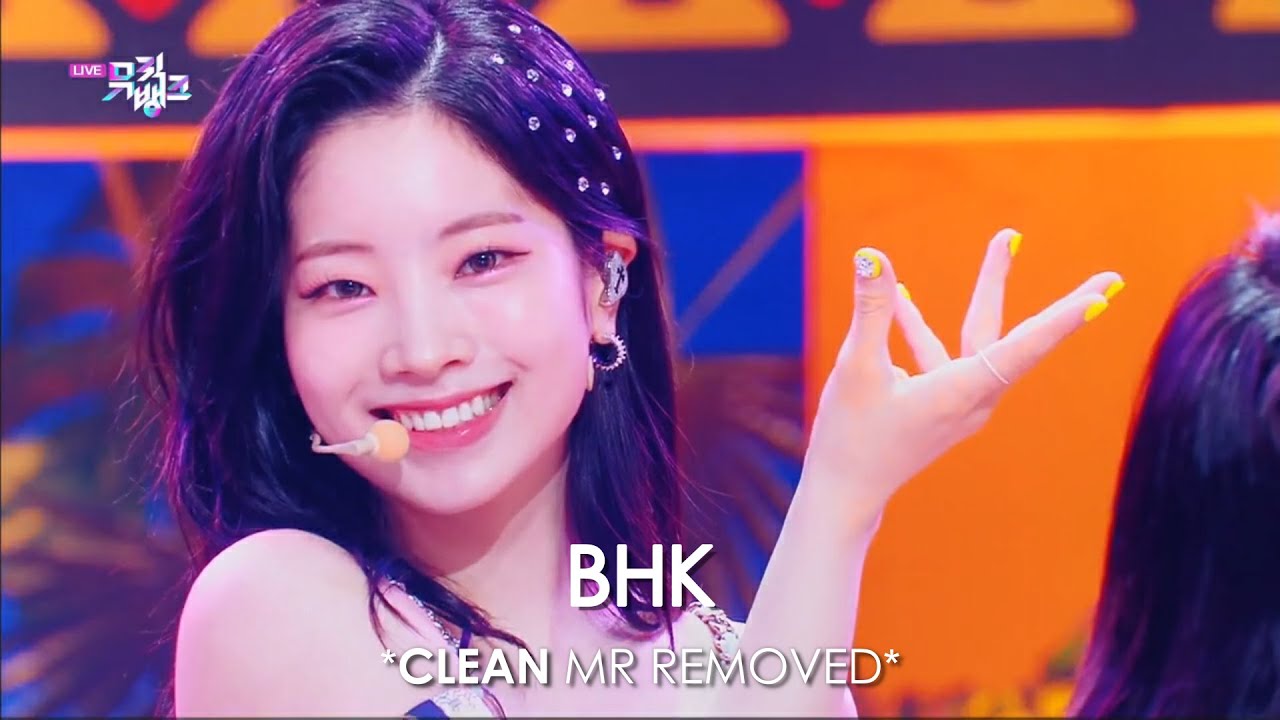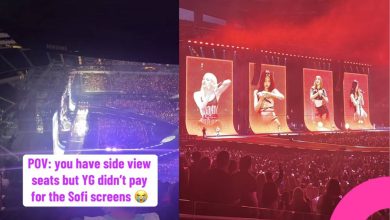
In South Korea’s high-gloss entertainment scene, where visuals shine, choreography dazzles, and performances are meticulously perfected, there’s growing demand for one elusive element: authenticity. At the heart of this shift lies a controversial trend gaining traction among K-pop fans and critics alike: MR Removed videos.
Once viral across social platforms, these videos strip away instrumental tracks from live performances, allegedly leaving only the “real” vocals. But as fans lean on them to assess vocal prowess, a bigger question emerges, are MR Removed clips giving us truth, or just another illusion?
What Is MR Removed?
“MR” stands for “Music Recorded,” the instrumental track used during live performances. MR Removed videos attempt to erase this background layer, isolating the vocals so fans can hear what idols supposedly sound like without production polish.

The appeal is understandable. In an industry often accused of lip-syncing and playback, MR Removed content feels like an insider’s peek, a rebellion against artifice. But this illusion of rawness is not always what it seems.
The Problem with “Raw”
Contrary to popular belief, what’s left in MR Removed videos is often not live vocals. Many music shows use pre-recorded audio, distinct from the studio version, that idols lip-sync to while performing. When the instrumental is extracted, what remains is this pre-recorded track, not the voice actually sung on stage.
In other words, fans may think they’re witnessing a vocal miracle when they’re really just hearing a cleaner track prepared days in advance.
On top of misleading vocal impressions, MR Removed clips often degrade audio quality. Without proper balance and acoustics, even skilled singers can sound weak or strained. The result? Harsh judgment and warped comparisons that don’t reflect reality.
While it’s fair to want honest vocals, these videos ironically cloud the line between real and fake, fueling misconceptions rather than clarifying them.
So… What’s the Point?
MR Removed videos can be fun and intriguing, if consumed with the right context. They highlight the growing hunger for genuine talent, but technically speaking, they are flawed tools for vocal evaluation.
Fans hoping to assess live ability should turn to acoustic stages, radio appearances, encore performances, and unedited concert footage, places where real-time singing takes center stage.
The desire for vocal authenticity is more than valid—it’s essential. But in chasing stripped-down soundbites, let’s not lose sight of context. Recognizing real vocal moments, understanding mic control, spotting breathwork, and appreciating vocal strain are far more insightful than relying on manipulated edits.
MR Removed videos aren’t villains, but they shouldn’t be treated as gospel either. In a world obsessed with perfection, maybe what fans crave most is honesty. And maybe, we don’t need to remove the music to find it. We just need to listen closer and think deeper.





